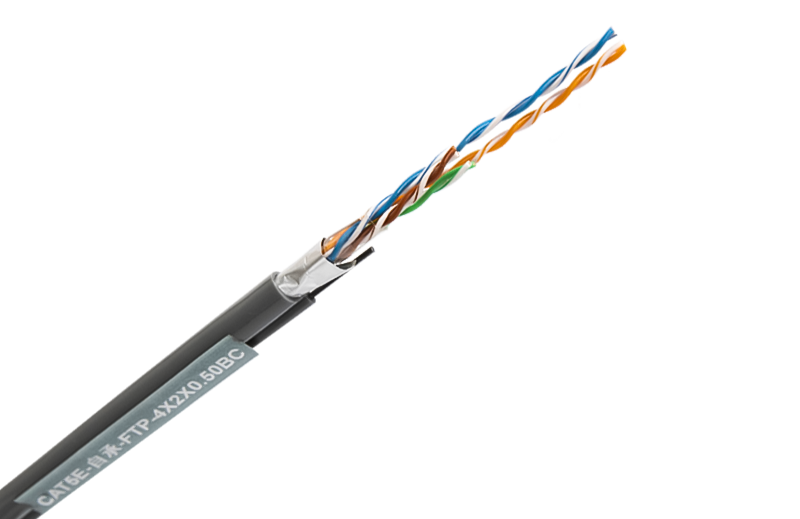Summary:When comparing the thickness and rigidity of FTP CAT6 cable to UTP CAT6 cable during installation, there are several key differences to consider, larg
When comparing the thickness and rigidity of FTP CAT6 cable to UTP CAT6 cable during installation, there are several key differences to consider, largely due to the presence of shielding in FTP cables. The additional aluminum foil shield in FTP CAT6 cables adds a protective layer around the twisted pairs, which is designed to reduce electromagnetic interference (EMI) and crosstalk. This shielding, however, also makes the FTP CAT6 cable physically thicker than its UTP counterpart. The increased thickness can be particularly noticeable when running long lengths of cable or when bundling multiple cables together. The extra material in the shielding layer naturally increases the overall diameter of the cable, making it bulkier. This can be a consideration in installations where space is limited, such as in cable conduits, trays, or where a neat and organized cable management system is desired.
In addition to being thicker, FTP CAT6 cables are also more rigid compared to UTP CAT6 cables. The aluminum foil shield, while effective at blocking interference, reduces the cable’s flexibility. This rigidity can make FTP CAT6 cables less pliable, posing challenges during installation, especially in environments where the cable needs to be routed through tight spaces, around sharp bends, or through crowded cable ducts. For example, in scenarios where the cable must be bent to fit around corners or into wall plates, the stiffness of the FTP cable may make it harder to maneuver, increasing the risk of damaging the cable or reducing the effectiveness of the shielding if the cable is bent too sharply. Additionally, the stiffer nature of FTP cables can make them more difficult to work with in terms of termination and connectorization, requiring careful handling to ensure the shield is properly connected and the cable's integrity is maintained.

On the other hand, UTP CAT6 cables, which lack the additional shielding, are generally thinner and more flexible. This makes them easier to handle and install, especially in complex or constrained environments. The flexibility of FTP CAT6 cables allows them to be more easily routed through narrow spaces, bent around corners, and managed within tight cable runs without significant risk of damaging the cable. This ease of handling can speed up the installation process and reduce the likelihood of errors or damage. Additionally, UTP CAT6 cables are typically easier to terminate, as there is no need to connect a shielding layer, simplifying the process and reducing the chances of signal degradation due to improper installation.
However, the trade-off for the easier installation of UTP CAT6 cables is reduced protection against EMI and crosstalk, particularly in environments with high levels of electrical interference or where cables are run in close proximity to power lines or other potential sources of interference. This is where FTP CAT6 cables have an advantage, offering improved performance and signal integrity in such challenging conditions. The choice between FTP and UTP CAT6 cables ultimately depends on the specific requirements of the installation environment, balancing the need for ease of installation with the performance benefits of shielding. In environments where interference is a significant concern, the added complexity of installing FTP CAT6 cables may be justified by the superior performance and reliability they provide.
